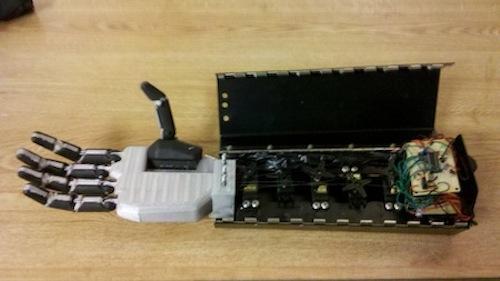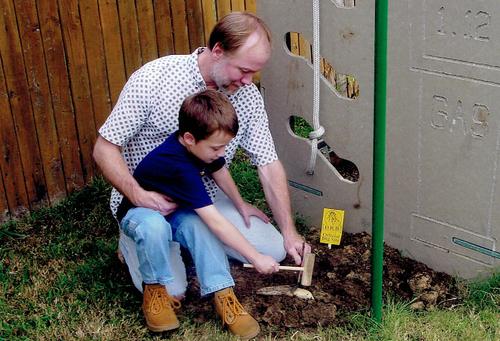Rehab Chair Delivers Right Dose of Tension & Vibration to Patients' Muscles
August 28, 2014

VibeTech Inc., a medical device manufacturer in Sheboygan, Wis., developed a vibration technology to counter muscle atrophy in astronauts who lost strength after long periods of weightlessness. The company found that putting muscles under tension and introducing controlled vibrations helped to restore lost muscle function.
Today, VibeTech is putting this technology to use here on Earth to help patients with severely impaired mobility regain their strength and independence. In bringing the VibeTech One rehabilitation chair to market, two large problems had to be solved: finding an actuator that could handle the vibrations and providing both smooth and silent movement.
The functionality of the chair depends on three components: a footplate that introduces static loading on the patient's lower limbs by pressing against the patient; a vibratory device connected to the footplate that transmits vibrations up through the patient's lower limbs and into his or her hips and lower back; and an electric actuator beneath the footplate that controls the amount of static loading on the patient's lower limbs. This pressure, which ranges from zero to 100 lb, is precisely controlled by an ERD15 electric actuator from Tolomatic Inc.

"It's really the combination of tension and vibration that is helping to rehabilitate the muscles," said Dr. Nadder Sahar, chief operating officer of VibeTech Inc. "The vibrations are tuned to the right frequency so that the cells and muscles respond to stimulation. This can be used to treat neuropathy, weakened muscles, or help people recovering from surgery or injury who can't fully engage in physical activities."
A knee restraint helps keep the patient's legs in a position that multiplies the vibration and transmission up the legs. If the patient is too weak to resist the load that is applied, the knee restraint allows someone who is even permanently disabled to be treated.
The design of the footplate mechanism is such that the electric actuator is directly in line with the vibratory device; therefore, it must be able to transmit the vibrations to the footplate and the patient. Any excessive play or backlash in the actuator's screw would simply absorb the vibrations and prevent them from being transmitted to the footplate. This kind of precision would normally require an expensive custom actuator solution, but the ERD15 electric actuator not only had the precision and force capability required for the application, but was also low in cost. Sahar told us:
We needed an actuator that could resist vibration, because that's what this machine does, it vibrates. Because of that vibration, we needed an actuator that didn't have any backlash in it. That's because our vibration movements are very small -- about 0.5 mm -- so if the actuator has excessive backlash, that vibration would not be delivered to the patient.
We also needed an actuator that could move smoothly and not create undo noise that could disturb patients. The actuator needed to be of substantial quality, but since we're manufacturing these machines for resale, we have to be conscious of the price we pay for components. The actuator was made of stainless steel and was available in various pitches with either a ball screw or plastic nut depending on our application. We got all those things and the precision we needed at an off-the-shelf price.
According to Tolomatic, the ERD15 actuator can accommodate patients of differing sizes and leg lengths. "The force requirements of this application are well within the ERD's capabilities, and with a standard precision of 0.005 inches, it provided the quality that VibeTech required. The only modification we needed to make to the standard ERD to withstand excessive vibration was to mechanically restrain the magnets used for the position switches," the company said.
Related posts:
About the Author(s)
You May Also Like





